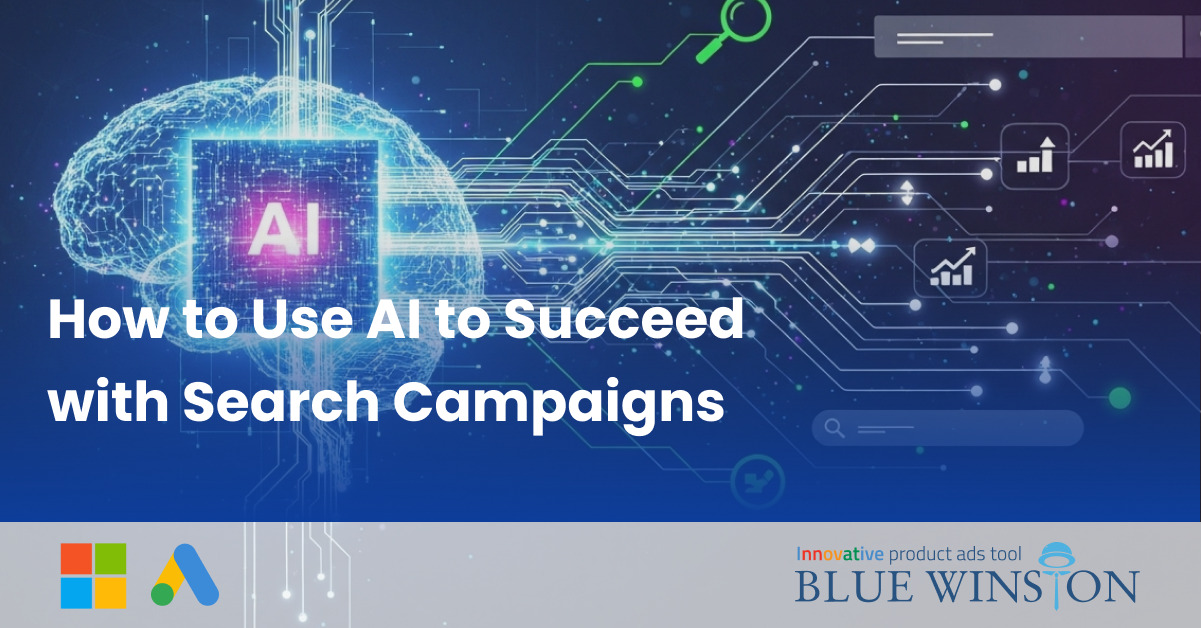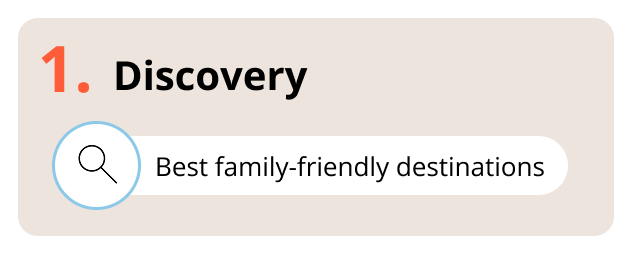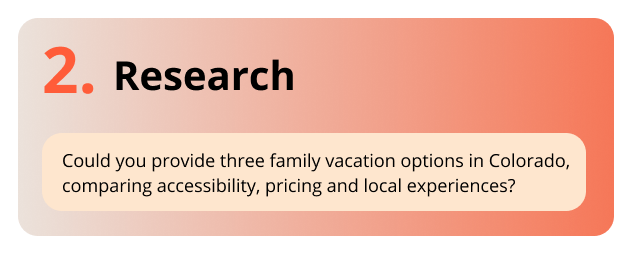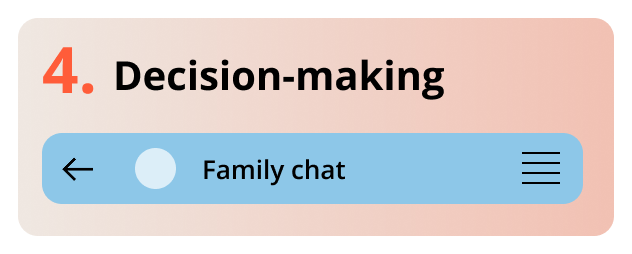Searching, meaning the moment when a user enters a question into Google or another tool, used to be a fairly straightforward process. Type in some keywords, click on a few links, maybe save something or make a purchase. But in recent years, this process has fundamentally changed.
Today, people aren’t just looking for answers. They want to have a conversation, refine their thoughts, compare options, generate ideas, and often even create something from a shopping list to a product design. All without ever leaving the search engine itself. And thanks to artificial intelligence, ordinary “googling” is becoming a dynamic, multimodal, and highly personalized experience.
How is search itself changing?
What used to be a simple query is increasingly turning into a conversation, where the user not only asks questions but also responds, refines, and expects the system to understand them in real time.
This type of user is also more demanding. They want answers quickly, tailored to their context, and ideally with a visual or creative output. It’s no surprise, then, that the use of AI-powered conversational search is growing at a double-digit rate, while traditional “search” is stagnating.
These expectations are leading to a shift in user behavior toward conversation and multimodality. Behind this shift are new technologies like retrieval-augmented generation (RAG), which combines real-time web data with generative models, contextual reasoning and live integration with search engines like Bing and Google. Examples include Microsoft Copilot or Gemini, which can answer complex questions in real time while also generating content.
From Question to Decision
Search is no longer linear. It’s a fluid journey across devices, from quick mobile queries to desktop research. Generative AI is accelerating and simplifying the entire shopping experience by transforming a single question into discovery, comparison, personalization and purchase all at once.
That is why today’s users expect more than just search:
- “Help me decide, not just search.” Nearly 70% of people want AI to provide personalized assistance when discovering new options.
- “Speak my language and remember me.” 76% of users regularly ask questions through search, and 75% are frustrated by impersonal results.
- “Give me options the way I want them (voice, text, or visual).” As many as 46% of Gen Z prefer social media over traditional search engines, and voice search has grown by 270%.
Despite the rising role of AI, traditional search remains a foundation for trusted, verified information and serves as a base for generative AI responses. In fact, three out of four users see AI as a complement, not a replacement, to traditional search.
At the same time, data shows that users of AI assistants like Microsoft Copilot are 53% more likely to make a purchase within just 30 minutes. Of course, when it comes to important decisions, desktop still dominates, delivering up to 52% higher conversion rates compared to mobile.
How to Succeed in the Era of AI-Powered Search
With the rise of AI, the way people search and the way marketers plan and measure campaigns is fundamentally changing. It’s no longer just about clicks or reach, but about the quality of engagement, speed of decision-making, and the relevance of every interaction. Companies leveraging tools like Microsoft Copilot or P.Max are seeing up to 2.6× more conversions, with customers buying up to 40% faster.
The interaction process with Copilot illustrates how AI is reshaping the entire customer journey: a user might start with a query like “Best family destinations”, while Performance Max and responsive ads personalize the content based on intent and data. As the user continues researching on desktop, they’re dynamically served relevant multimedia and product ads. During the conversation with Copilot, users tend to ask specific questions such as comparing itineraries and AI responds with comprehensive, brand-supported answers (AI assistance). Automated advertising can then reach the user at the exact moment of decision-making, maximizing the likelihood of conversion across devices.
Source: Microsoft Advertising
Automated ad creation and personalized content increase user engagement by 32% and nearly cut the number of touchpoints needed to complete a purchase in half. This means that successful campaigns today must be dynamic and adapt to user needs in real time. Brands that can guide AI to represent them authentically and accurately are gaining a clear competitive edge.
Conclusion
Search has evolved from a simple process into a seamless, personalized experience powered by AI an experience that understands users’ true intent. This shift brings fewer chances to make a first impression, but far greater opportunities to deliver meaningful impact at the right moment. Those who can smartly leverage automation, rich data signals, and flexible content not only keep up, they outperform the competition with significantly better results.
So if you want to stay ahead, now is the time to invest in AI tools that not only simplify the customer journey but also boost relevance and elevate your campaigns to an entirely new level of performance.
 Get Microsoft Ads setup, tools and coupon for
Get Microsoft Ads setup, tools and coupon for  free!
free! 










